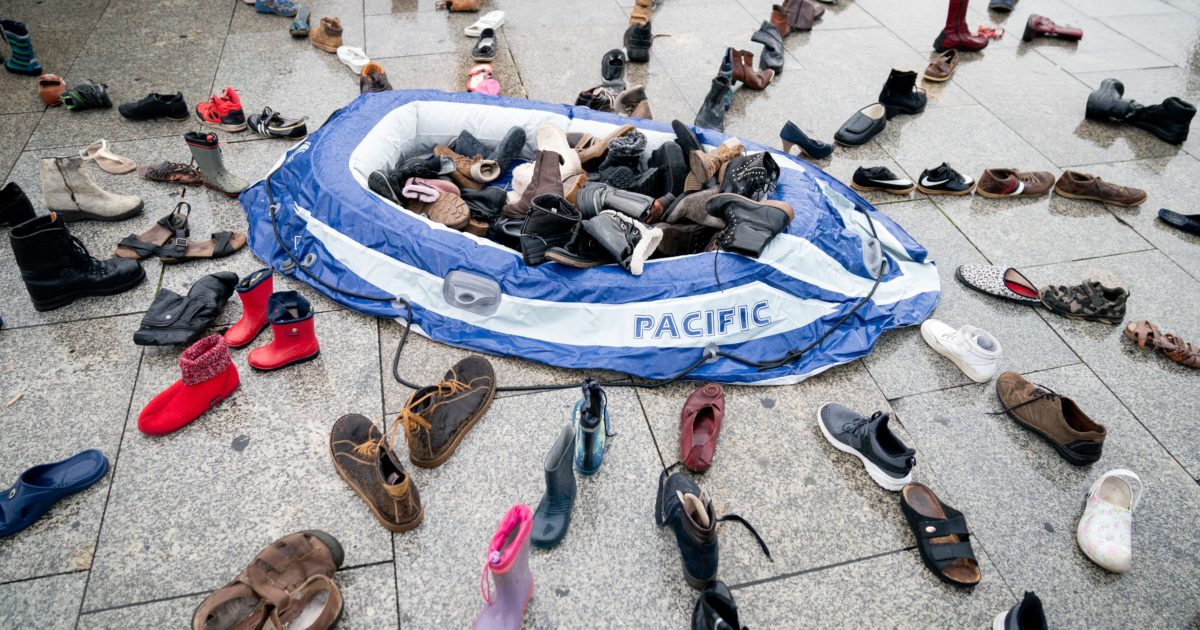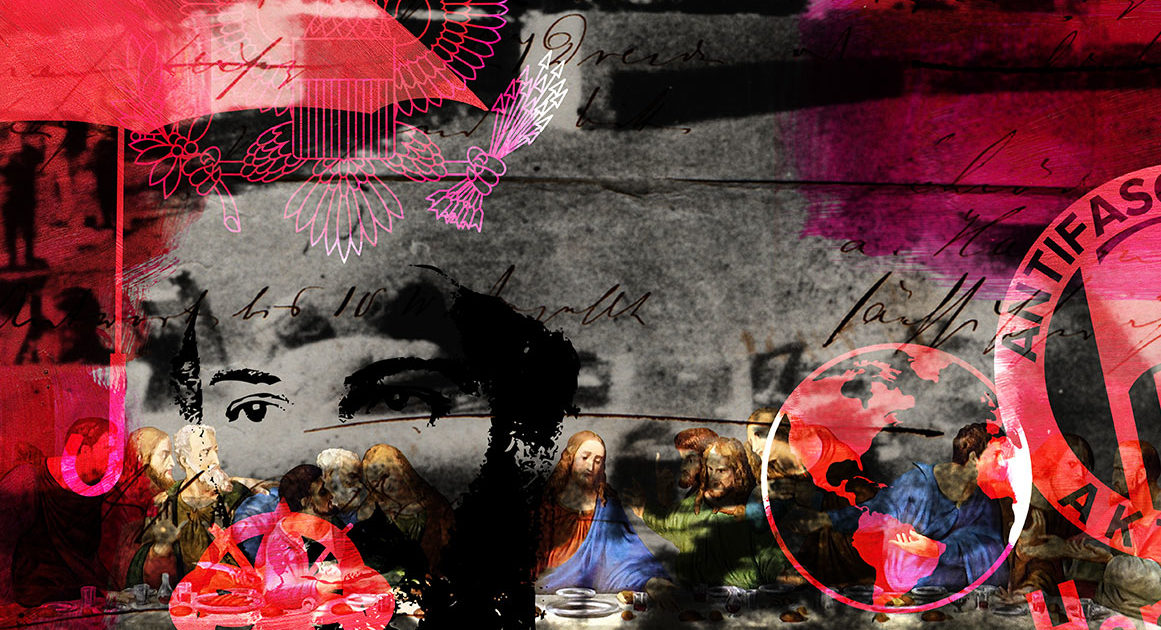To-day is Juneteenth. Celebrations on June 19th began as a Jubilee Day festival by freed African-Americans in Galveston and around abouts in Texas in 1866. Over the years it spread through other Southern black communities and spread into the western states through the Great Migration. The main story of Juneteenth is the story of a festival culture that spread throughout Southern black communities, on a lot of different days, where African-Americans organized parades, picnics, processions, and other public community celebrations to observe the anniversary day, or just to celebrate the fact, of emancipation from slavery. The specific date of June 19th radiated out from Texas through migration and cultural diffusion; some of the reasons for convergence on the date outside of Texas had to do with the Great Migration, and others just had to do with the obvious reasons to recommend a day on the edge of high summer for big outdoor community celebrations.
But the special significance of the day in Texas — the occasion of the event — was to mark the anniversary of the public pronouncement, and the beginning of effective enforcement, of the the Emancipation Proclamation in Texas.[] The U.S. General Gordon Granger arrived to take command of the occupied District of Texas in Galveston on June 19, 1865, and immediately posted and read out a series of General Orders, which included General Order No. 3. Here is the text, as it was re-printed in Flake’s Daily Bulletin, one of the Galveston papers of the time, on June 22, 1865.[] Really, it’s not the most inspiring freedom document in the world (I guess announcements by white U.S. Generals usually aren’t), and of course the greater meaning of the day is in the people and communities who enjoyed it and who celebrate it, not in the text that happened to provide the occasion to set it off. But, in any case, this is what people read out on the day:
(Official.)
Headquarters District of Texas
Galveston, Texas, June 19th, 1865.
General Orders, No. 3.
The people of Texas are informed that in accordance with a proclamation from the Executive of the United States, all slaves are free.
This involves an absolute equality of personal rights and rights of property between former masters and slaves, and the connection heretofore existing between them becomes that between employer and hired labor.
The freedmen are advised to remain quietly at their present homes and work for wages. They are informed that they will not be allowed to collect at military posts, and that they will not be supported in idleness either there or elsewhere. By order of
Major General GRANGER
F. W. Emery, Major, A. A. General
— Flake’s Daily Bulletin (Galveston, Tex.), June 22, 1865, p. 2.
The scan that Portal to Texas History has of this issue is, sadly, only barely legible; but the text appears at the bottom of the 3rd column and the top of the 4th on page 2, along with four other General Orders issued by Granger. (In No. 1 Granger assumes command of all soldiers in Texas, No. 2 announces the general staff, No. 3 publicizes the Emancipation Proclamation, No. 4 nullifies all acts of the secessionist government and orders remaining Confederate troops to surrender themselves into U.S. custody, and No. 5 arranges for the Army Quartermasters to act as a monopoly agent for the purchase and sale of cotton.)
There are actually a couple of textual variants to General Order No. 3. The version many people have seen online over the last few years — thanks to digitizations hosted by BlackPast and, via BlackPast, on WikiMedia Commons — is a signed, printed handbill preserved by the Dallas Historical Society, which must have been circulated in Texas some time on or after June 25, 1865.[] That version of the order reads as follows:
HEAD-QUARTERS DISTRICT OF TEXAS,
Galveston, Texas, June 19, 1865.
GENERAL ORDERS,
No. 3.
The people of Texas are informed that, in accordance with a Proclamation from the Executive of the United States, all slaves are free. This involves an absolute equality of rights, and rights of property between former master and slaves, and the connection heretofore existing between them becomes that of employer and free laborer. The freedmen are advised to remain at their present homes and work for wages. They are informed that they will not be allowed to collect at Military Posts, and that they will not be supported in idleness, there or elsewhere.
By Order of
G. GRANGER, Major General Commanding.
F. W. Emory, Major and A. A. Gen’l.
— G. Granger, MILITARY ORDERS
Presented in General Order No. 3, Dead Confederates (June 19, 2015)
The handbill’s version of the order reads This involves an absolute equality of rights, and rights of property between former master and slaves,
where the Galveston newspaper version reads This involves an absolute equality of personal rights between former masters and slaves.
The handbill also reads the connection heretofore existing between them becomes that between employer, and free laborer,
instead of the Galveston newspaper version’s between employer and hired labor.
[] The Houston Tri-Weekly Telegraph published a version very close to the handbill free laborer
version on June 28; the same variant appears in the version of the order printed in the Clarksville Standard in July. Free laborer
was also the phrase used in the version half-quoted, half-paraphrased by The Bellville Countryman (June 24). Most other newspapers closely followed the Galveston newspaper hired labor
version, for example the Dallas Herald, and the New York Times.
The version read into the Congressional Record follows the hired labor
Galveston newspaper version. The version in the Austin Weekly State Gazette, and the Matamoros, Mexico Daily Ranchero follow the Galveston newspaper versions in other respects, but they read hired laborer
in place of hired labor.
[]
Anyway, that’s the documentary history. For more on the deeper and more lasting story — the story of free black community festivals, of Jubilee Day, Emancipation Day, and Juneteenth celebrations, and of black life after the day of emancipation — check out Juneteenth (Texas State Library), Galveston History: General Order No. 3, and BlackPast on Juneteenth: The Growth of an African American Holiday (1865-).
 Rad Geek, to-day:
Rad Geek, to-day:



